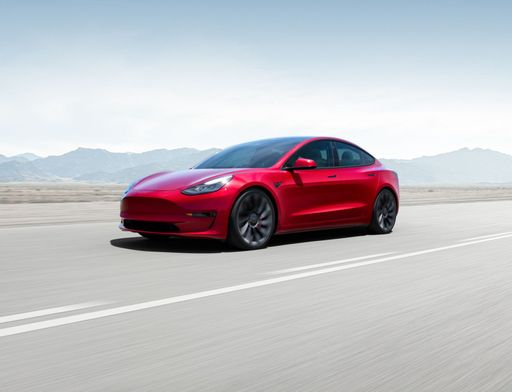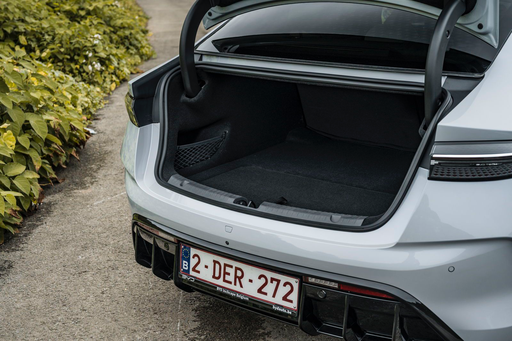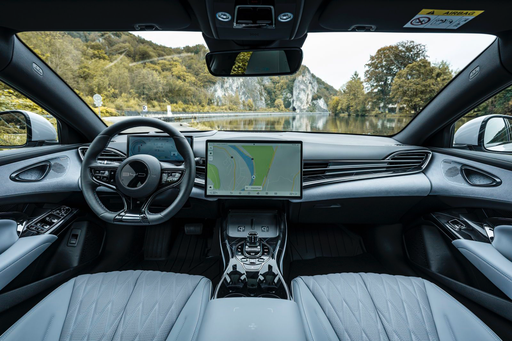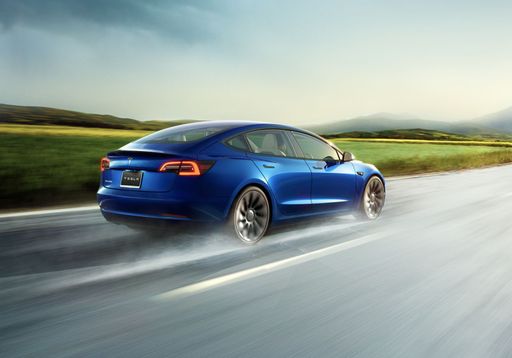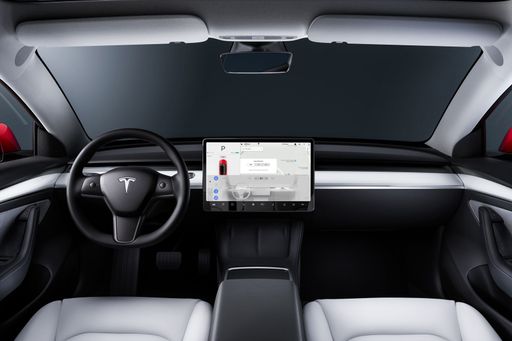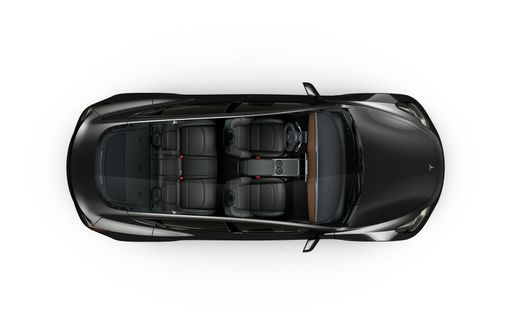Battle of the Electric Sedans: BYD Seal vs Tesla Model 3
In the burgeoning world of electric vehicles, the BYD Seal and the Tesla Model 3 have become standout contenders in the race for dominance. Both vehicles offer impressive electric performance, cutting-edge technology, and compelling reasons to choose one over the other. Let's dig deeper into the specifics of these two sedans and see how they stack up against each other.

